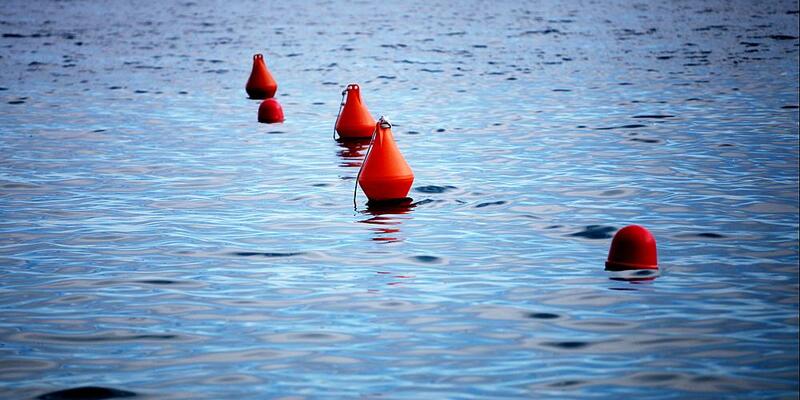The accident involving two oil tankers off the Russian coast in the Black Sea appears to have caused greater damage than Russian authorities admit.

Oil spill in the Black Sea worse than previously known
According to this, the tankers may not have been carrying only the comparatively light M-100 heavy oil, as stated, but rather far more toxic and difficult-to-degrade heavy oils. Key results from the approximately 8,000 samples of the washed-up oil taken by the Russian Consumer Protection Agency have not been published. The reconstruction of shipping routes suggests that at least one of the unoceanic oil tankers may have been loading particularly harmful heavy fuel oil in Rostov-on-Don. Research by the news magazine in the vicinity of a refinery a few kilometers away also suggests this possibility. There is speculation that the tankers may have been intended to load a larger vessel belonging to the Russian shadow fleet. These vessels are used to ship barely processed Russian heavy fuel oil around the world in order to conceal its origin. The more than 50-year-old oil tankers ran into distress and capsized in mid-December in heavy seas in the Kerch Strait, between the Russian mainland and the Crimean Peninsula, annexed by Moscow. A crack in the hull of the "Volgoneft 212" split in two and sank. The second tanker, the "Volgoneft 239," also broke apart; its stern ran aground barely 50 meters offshore. The Russian government has already removed 170,000 tons of contaminated sand from the Black Sea region affected by the oil spill and has closed 150 beaches. Nevertheless, residents report that people continue to swim there. Environmentalists allege that they are being kept in the dark about the actual dangers and the composition of the oil scum.
ad-hoc-news




